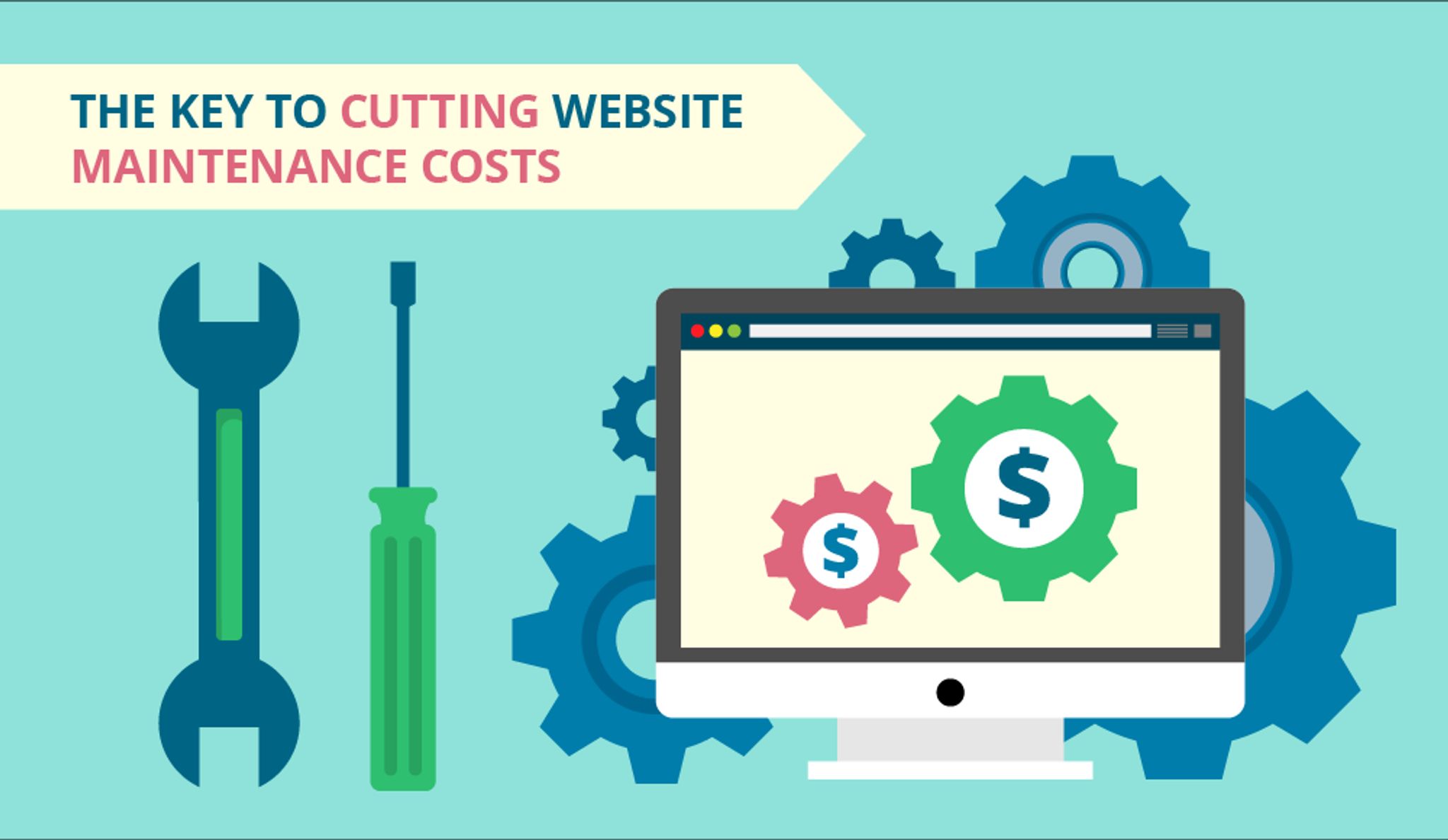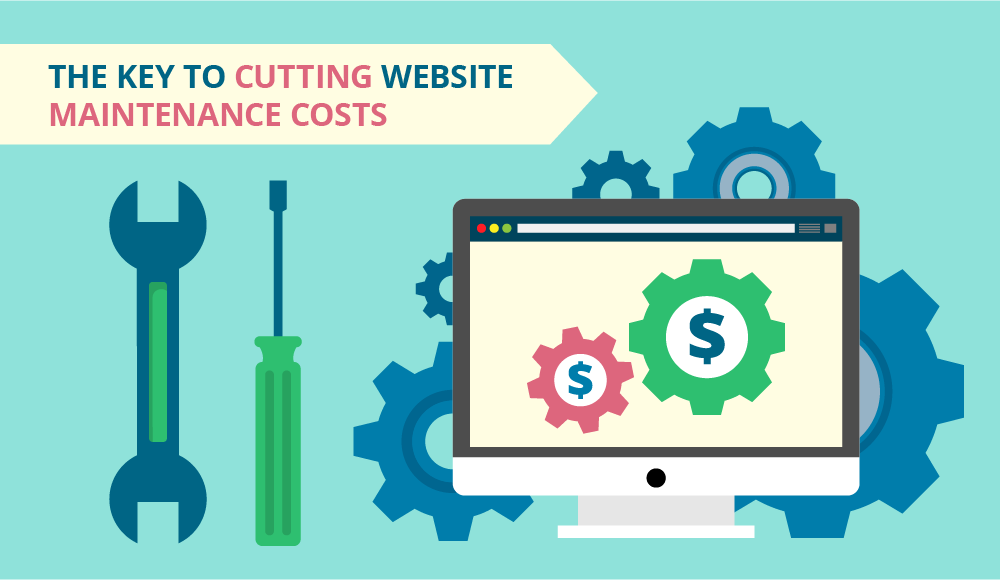How to Cut Website Maintenance Costs with CMS' Reusable Blocks

If you think that once your website is created you are done forever, you are dead wrong. With customers, services and web technology changing so fast, building an up-to-date website with relevant content is a never-ending story.

To help visitors consume information easier, and thus convert into leads, you will oftentimes need to change the way your pages looks, be it a different layout of a new product/service page or simply a CTA button moved to another place.
Calling for Developers vs. DIY Maintenance
Are you going to call in tech guys every time you want to make even a slight change to your website design? You can, but think about the time and money you’ll spend.
Let’s do the math.
Hiring dedicated developers and paying for their idle time in between mostly minor layout tweaks can be costly. Then, if you set out to commission your website maintenance to a vendor, how much will it take you to find the right guys? Days, weeks? And even when you come to terms with supposedly a reliable vendor, how this company manages processes and communication might be at odds with your often time-sensitive needs.
For example, you came up with a special offer and need to create a promo page no later than today. However, even an 8-hour task can stretch for as much as 3 weeks until they process the request, discuss the requirements with you, do the development and finally rework when you realize you missed some important details.
Besides, as developers are going to touch code, probably testing will be needed, which means another dime added to the overall cost (or maybe even more if you risk to skip testing). In other words, why living this nightmare for the sake of minor changes on your website?
We’ve got a solution for you.
Predeveloped Building Blocks for More Flexibility
To ensure the needed level of flexibility, think of your website as a set of editable building blocks that are maintained in one place and reused across multiple pages:
- Page templates with basic, predefined layouts – for example, a template with the side menu for product/service pages and a template without the side menu for case study pages.
- Widgets – your main building blocks including formatted text fields, pictures, videos, responsive tables and forms, and other content that you drag onto a page and place in a way that works best.
Implementing Building Blocks on your New Website
What CMS you choose determines whether you can stick to this concept and how heavy it will be on your website development budget.
For example, Pimcore has widgets grounded on the architectural level, whereas in WordPress they are fixed only in some themes, meaning that once you change your theme all widgets may be gone. Drupal is also in the widget game, yet with few out-of-the-box elements so far.
The commercial Episerver CMS offers campaign teasers and banners, news feeds, videos, contact forms and other blocks that can be personalized for selected visitor groups.
Summing Up
The concept of building blocks helps you depend less on developers when you need to tweak your webpage design in the way how pages are laid out on your website. Involving massive work on the architectural level, its implementation on the existing website will probably be too expensive.
However, choosing the right CMS for your new website will make it a far more feasible idea.
* * *
This post is sponsored by ScienceSoft. Find out more at ScnSoft.com.